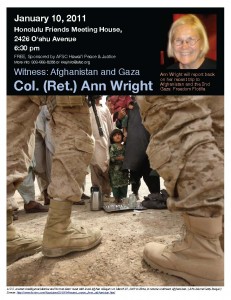Eyes of the He’e

Courtesy TMT International Observatory
Mauna Kea, the sacred mountain of Wakea and Poliahu is again threatened by plans to construct a giant telescope there. The so-called Thirty Meter Telescope (TMT) would be the largest telescope in the world and a desecration to one of the most sacred temples in Hawai’i and across the Pacific.
Aerospace and astronomy programs have had a long and incestuous relationship with the military. On Haleakala there is a prototype of the Air Force PanSTARRS telescope and the Maui optical tracking station for missile defense testing. The larger full-size PanSTARRS is being proposed for Mauna Kea. The TMT project is ostensibly a civilian venture, but it is part of the aerospace-military complex that has taken over the peaks of many of our mountains in Hawai’i, from Makaha ridge and Koke’e on Kaua’i, to Ka’ena, Ka’ala and Palehua on O’ahu to Haleakala on Maui and Mauna Kea on Hawai’i. These are the giant eyes of the monstrous military he’e (octopus) in Hawai’i.
There will be a critical hearing of the Board of Land and Natural Resources on Friday, 2/25 at 9:00 am at the Kalanimoku Building, 1151 Punchbowl St. to decide if the University of Hawai’i will be granted a permit to build in conservation district. See the action alert from Kahea below. You can submit testimony online from their website: http://salsa.democracyinaction.org/o/2699/p/dia/action/public/?action_KEY=5861
If you can attend the hearing on Friday, please turn out to express your opposition to this desecration of a sacred mountain. Holding the hearing on O’ahu is a way to exclude the Hawai’i island community that has been most organized against this project.
>><<
No More Bulldozers on Mauna Kea
The construction permit for the massive Thirty Meter Telescope complex will be considered by the Board of Land and Natural Resources on Friday, February 25, 2011.
The TMT Corporation and the University of Hawai‘i Board of Regents are proposing to build a new massive, 18-story telescope, 21,000 square foot office building, road, and parking lot on undeveloped land on Mauna Kea’s summit, called the Thirty Meter Telescope (TMT).
Mauna Kea is unique in the world, a place of deep significance in the Hawaiian worldview, and home to rare Hawaiian plants and animals found nowhere else on the planet. Mauna Kea was honored among the sacred places of the world in a National Geographic (January 2011) Special Edition titled, “The Earth’s Holiest Places: Sacred Journeys.”
The TMT needs a construction permit approved by the Hawai‘i Board of Land and Natural Resources (Land Board) before any bulldozers can be sent up the mountain.
We think there is a real chance this permit could be denied, but we also know there is a lot of pressure from developers to approve it. This is the last major permit developers need to begin construction on this 18-story, 8-acre development.
Join hundreds of people from around the islands! Urge the Land Board Members to reject this permit application, and take true, strong steps to protect the future of Mauna Kea. Submit your testimony today! Your voice matters, especially when it is in your own words — if can, please take a minute to write a few sentences to make your testimony unique and the more effective. Thanks!
Background
What’s Going On?
The University of Hawai‘i Board of Regents and the TMT Corporation are proposing to build a new massive,18-story telescope, 21,000 square foot office building, road, and parking lot–called the Thirty Meter Telescope (TMT)–on undeveloped conservation and “ceded” lands on Mauna Kea.
This telescope is the largest ever proposed for Mauna Kea, and, if built, would be the second largest in the world.
Mauna Kea is unique on earth, a place of deep significance in the Hawaiian worldview, and home to rare Hawaiian plants and animals found nowhere else on the planet. Mauna Kea was honored among the sacred places of the world in a National Geographic (January 2011) Special Edition titled, “The Earth’s Holiest Places: Sacred Journeys.”
Mauna Kea is wao akua, wahi pana and dwelling of Wakea. Mauna Kea is also “ceded” crown lands, and conservation lands protected in the Conservation District.
Wrong for the Mountain
It is clear that the law doesn’t allow for this level of industrial development on conservation lands, like Mauna Kea. Hawaii Administrative Rules (13-5-30(c)) outlines criteria that must be met before construction can be allowed on conservation lands in Hawaii.
The most telling for us are the middle three criteria, which state:
“4. The proposed land use will not cause substantial adverse impact to existing natural resources within the surrounding area, community, or region;
5. The proposed land use, including buildings, structures and facilities, shall be compatible with the locality and surrounding areas, appropriate to the physical conditions and capabilities of the specific parcel or parcels; [and]
6. The existing physical and environmental aspects of the land, such as natural beauty and open space characteristics, will be preserved or improved upon, whichever is applicable;”
The TMT can’t satisfy these criteria. This development (18 stories, 8 acre construction footprint) would multiply industrial land use on Mauna Kea, forever altering the natural beauty and sacred vista of the northern plateau.
Construction will impact fragile habitats of native plants and animals found only on Mauna Kea, with no guarantee of restoration when the lease term ends, in a mere 21 years.
How big is it?
– 184 ft. tall (18 stories), plus 20 ft. below ground
– Construction footprint: over 8 acres disturbed
– Completed structure footprint: over 5 acres
– Average American football field is 1.32 acres
– Telescope: 34,000 sq. ft.
– Support and office building: 21,000 sq. ft.
– Will excavate 64,000 cubic yards of summit area
– Will add 3,400 ft of new road, using excavated dirt to level it
What impact will it have?
– Construction proposed for the northern plateau, some of the last undeveloped area on the summit
– Structure will interrupt viewplane to Haleakala
– Will be visible from 14% of the island, including Waimea Park, Puu Kapu & Waawaa, Honokaa, & Puukohala
– Current telescopes are visible from 43% of the island
– Telescope operations will create 74 dbA of noise
– Will produce 120-250 cubic feet of solid waste a week
– Will use 5,000 gallon underground tank to store waste, including hazardous chemicals
The Final EIS for the project admits that telescope construction has had a substantial adverse impact on the natural and cultural resources of the conservation district on the summit. Here is a link to the developers’ description of the TMT: www.tmt.org.
 Of course, the University Board of Regents sees the proposal as a done deal. The developers of this project have spent hundreds of thousands of dollars in a massive PR campaign, assuring us that TMT will have little impact on the summit and that past problems with resource management have been fixed. But we know that this is not so.
Of course, the University Board of Regents sees the proposal as a done deal. The developers of this project have spent hundreds of thousands of dollars in a massive PR campaign, assuring us that TMT will have little impact on the summit and that past problems with resource management have been fixed. But we know that this is not so.
Forty Years of Mismanagement
Forty years ago, the people of Hawaii agreed to share our highest and most sacred summit with a small community of UH astronomers–on the promise of protection and stewardship for fragile alpine habitats, endemic native species, and sacred cultural landscapes. Sadly, the promise to malama (care for) our sacred summit remains unfulfilled.
Today, the University of Hawaii Board of Regents, several foreign governments, the U.S. federal government and military, and various development corporations have built or proposed to expand the footprint of industrial land use in the Mauna Kea conservation district.
The footprint of roads, buildings, parking, and ever-larger telescope complexes has grown and prospered, while natural and cultural resources have been irreplaceably lost, desecrated and destroyed. Today, even more development is proposed.
Mauna Kea is:
– Wao Akua, dwelling of Wakea
– Home of Poliahu and her sisters
– Used by cultural practitioners today
– Conservation district lands
– Above the main aquifer for the island
– “Ceded” crown lands
– Home to endemic native plants and animals,many found nowhere else on the planet
“For it is here that the very life breath can be seized in a moment never to return. It is only here that the life-giving waters originate. Only here do the heavens open so that man can be received, blessed, freed and transformed in the ways of Heaven.”
– from “Mauna Kea — The Temple”, Royal Order of Kamehameha I, Heiau Helu Elua, and Mauna Kea `Anainahou

Better Solutions Proposed, A Better Future Possible
We are asking for simple, common sense solutions for Mauna Kea, including: independent management (where developers do not approve their own projects), appropriate limits on development footprint based on study of summit carrying capacity, and appropriate compensation to the people of Hawai`i for past development.
Learn more
View, download and share the fact sheet on the Thirty Meter Telescope at http://bit.ly/TMTfactsheet or view and share it on Scribd.
See the Action Alert on KAHEA’s Blog
Learn more about Mauna Kea and efforts to protect conservation lands on Hawai`i’s sacred summits from industrial development and military land use.

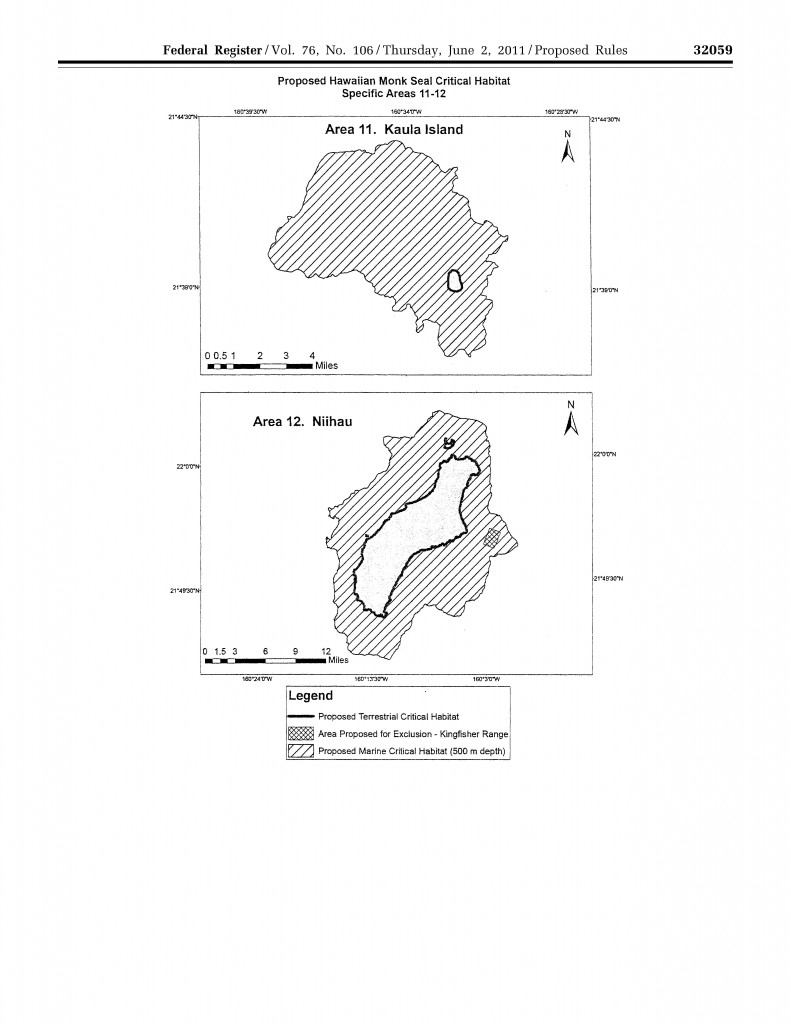
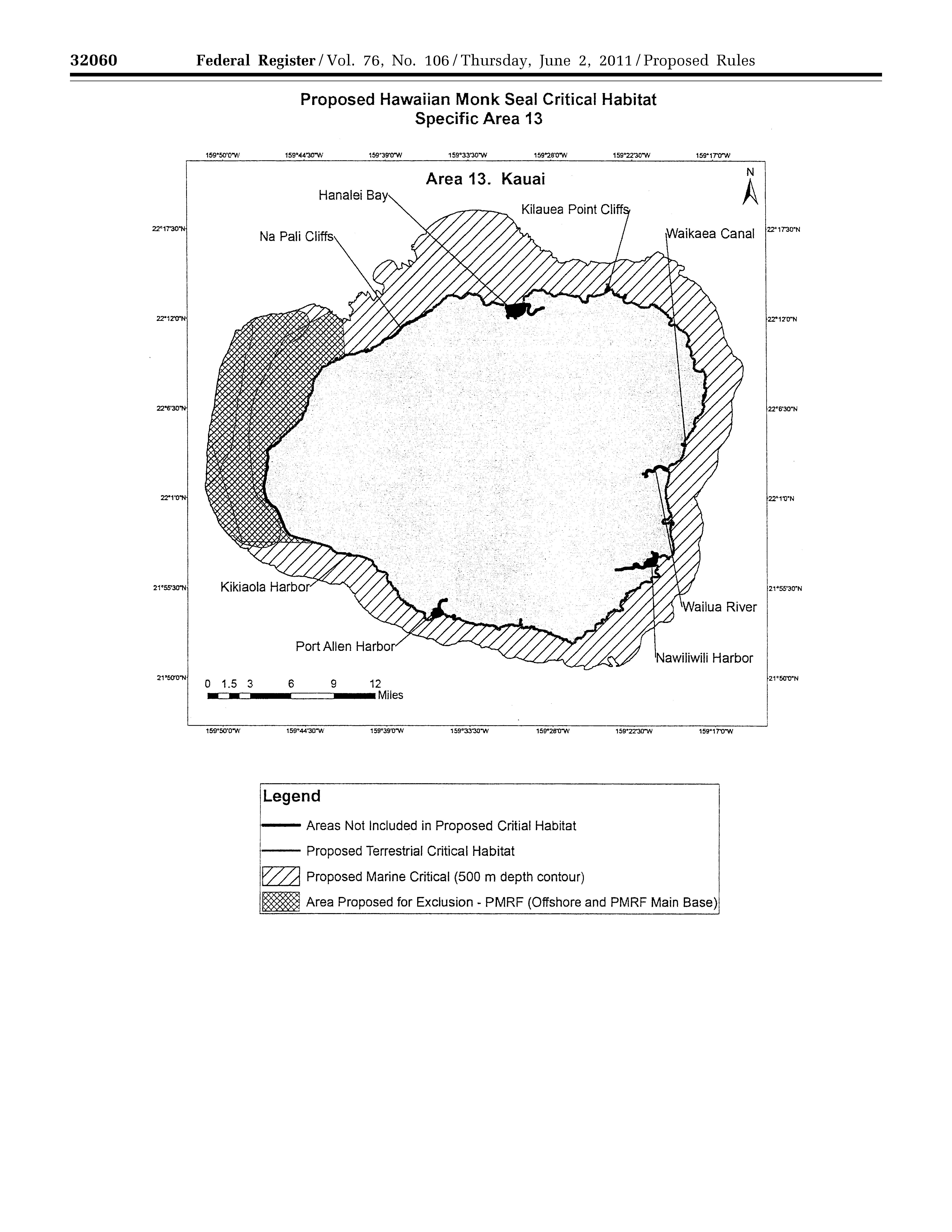
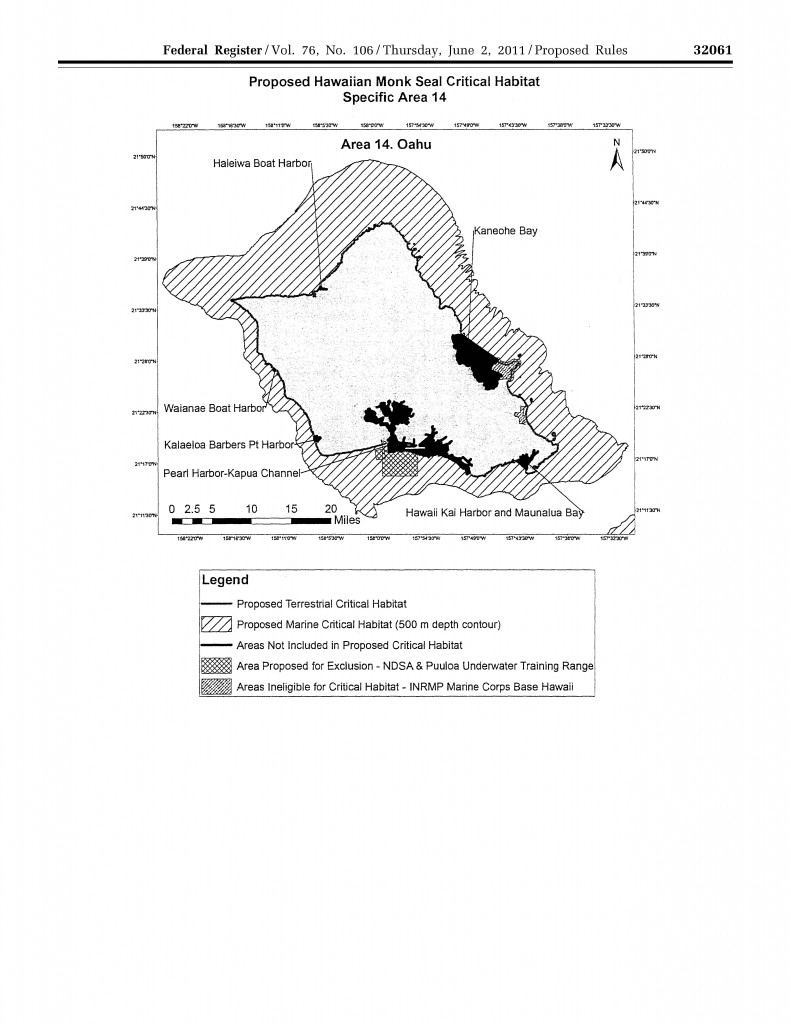
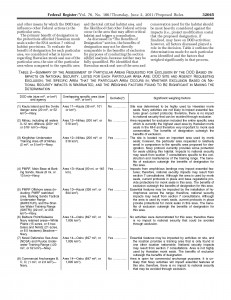
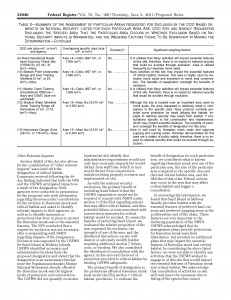







 Of course, the University Board of Regents sees the proposal as a done deal. The developers of this project have spent hundreds of thousands of dollars in a massive PR campaign, assuring us that TMT will have little impact on the summit and that past problems with resource management have been fixed. But we know that this is not so.
Of course, the University Board of Regents sees the proposal as a done deal. The developers of this project have spent hundreds of thousands of dollars in a massive PR campaign, assuring us that TMT will have little impact on the summit and that past problems with resource management have been fixed. But we know that this is not so.
